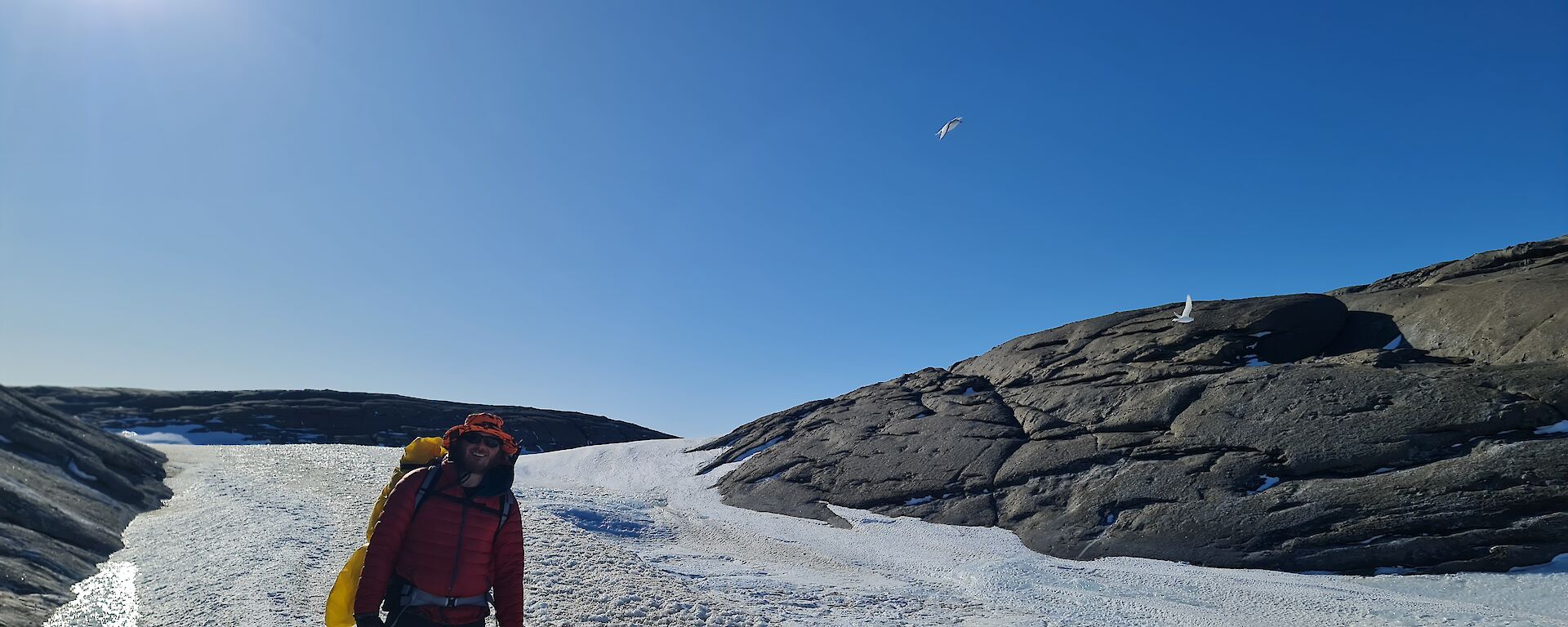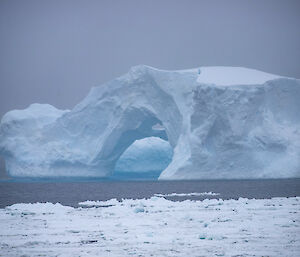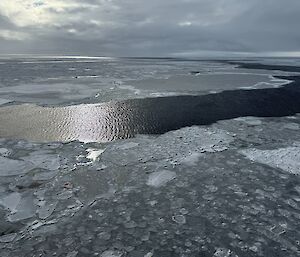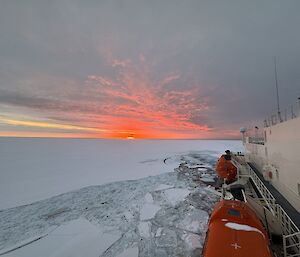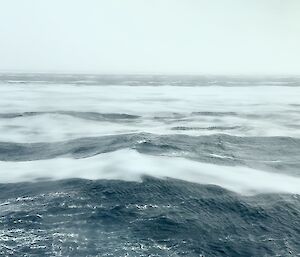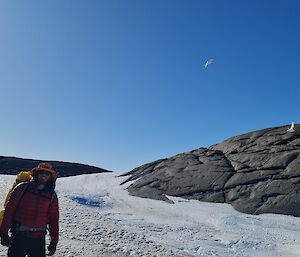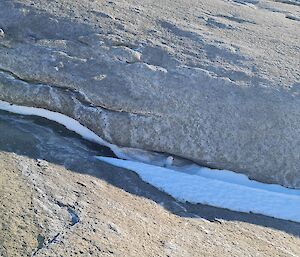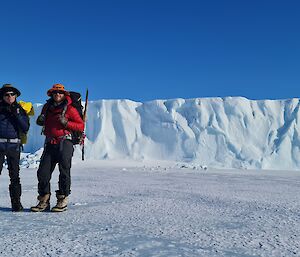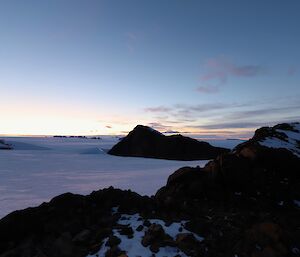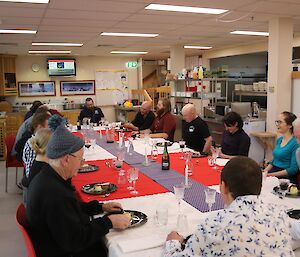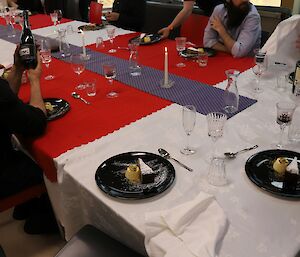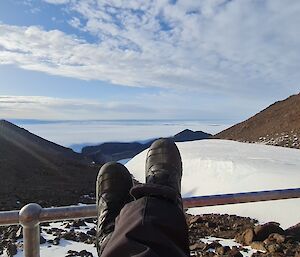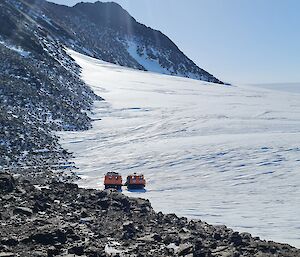I’ve been on the RSV Nuyina for almost a month now. One of the lucky few headed south to call Antarctica home for the summer. Despite having visited the Southern Ocean before, this is my first time to the continent, and my first time seeing sea ice. I want to take you on this journey with me. The sea ice looks exactly as you expect it would. You’ve seen it in documentaries, media, and photographs for as long as you can remember…and yet, it takes you by surprise.
“Iceberg!”, you’ll hear a fellow expeditioner call, as the first one emerges on the horizon. You’ll scramble over the hoard of excited bodies rushing to get a view of a white speck on an endless plane of blue, much to the amusement of experienced travellers, who barely give it a glance. Not long after you’ll see your second, third, fourth – each as fascinating as the next, and at least as far as I can tell, a fascination that seems to persist ad infinitum.
After a day or two, you’ll reach the pack ice. Finally, the experienced expeditioners get their cameras, and you begin to understand why they were apparently so blasé in the preceding days. There exists a bewildering and awe-inspiring number of pack ice forms. The ocean turns white, and ice spreads as far as you can see, and unfathomably beyond that. It’s dynamic, capricious, and painfully cold. You stand outside in the wind without gloves on and the bones in your hands ache almost immediately. You learn very quickly to listen to the advice that was given to you by the experts, and you appreciate the time on the ship to acclimatise to the conditions – discovering what to wear and when to wear it. I’d call it a baptism by fire, if only it weren’t getting to -30°C with windchill.
Perhaps my favourite form so far (and I’m going to regret not reading up on sea ice enough prior to writing this update), has been the vast expanses of grease ice. Not just streaks of it (from which it bares its name, seeming as if grease has been spilt into the sea and there are ribbons of ‘oil slick’), but enormous swathes of it. So much so, that the entire ocean appears to have been sealed within a blanket of silk. You can still see the movement of the water; ripples passing underneath as the ship moves past, swell causing the horizon to bob in and out of view, but the thin layer of ice on top doesn’t break. It mutes the spectacle visually the same way ear muffs mute noise audibly. It’s cathartic, and surreal.
You’ll continue through the pack ice, taking note of the different forms – like pancake ice. Densely packed ice chunks, each formed in the shape of a flat circle, moving like lily pads in a turbulent lake as the ship’s wake surges past. Surrounded by icebergs, you’ll note the different shades of blue. Blues you didn’t know existed (especially so, if you’ve grown up somewhere with limited ice like Australia). Each iceberg is as unique as a fingerprint. Some as small as your household vehicle, and others gargantuous; behemoth ice cities floating in the mist, with caverns and openings larger than entire apartment complexes appearing as dimples on a far greater entity. It can take many minutes for one to pass by once we are alongside it.
Flying seabirds, penguins, seals, orca, and whales, emerge from the environment as rapidly as they leave. It feels as if we are at the end of a simulation, and the creatures that inhabit this landscape exist as glitches – clambering their way out of some unseen portal, just to wander off and jump back into the void.
We are in the fast ice now. A solid plane of white in all directions, save for the trail we leave behind the ship as it breaks through. We will soon be arriving at Davis station, from where some of us will fly to Mawson. There is an excited hum amongst the team. Many of us have found the wonder we once had as toddlers, and you can see it in people’s eyes when you speak to them. I can’t speak for the other expeditioners, but boy am I excited for these next few months.
Ben Viola (Mawson Seabird Ecologist)

